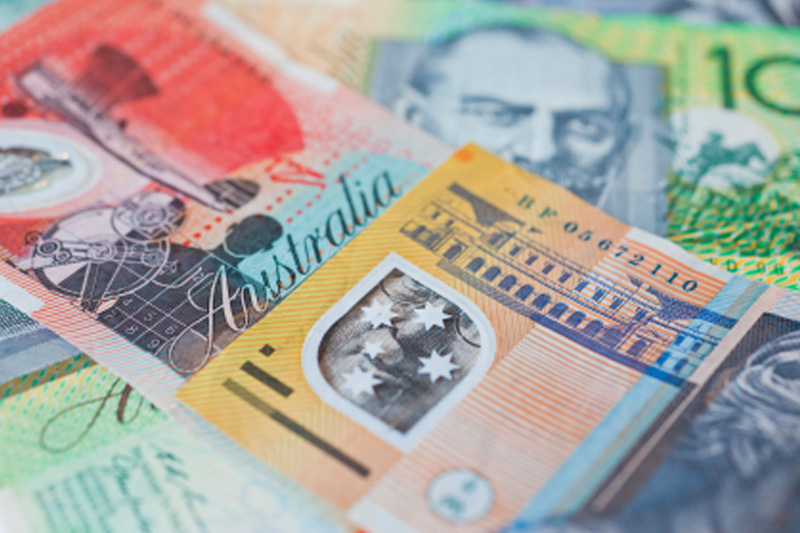Option_Banque
Established member
- Messages
- 985
- Likes
- 1
New Zealand Unemployment Plunges Unexpectedly

New Zealand employment unexpectedly fell for the first time in three years in the third quarter, pushing up the nation’s jobless rate and sending the currency lower.
Employment dropped 0.4 percent from the second quarter and the unemployment rate rose to 6 percent from 5.9 percent, Statistics New Zealand said Wednesday in Wellington. Economists had forecast a 0.4 percent increase in employment, according to the median estimate in a News survey.
Economic growth has weakened after a plunge in dairy prices curbed farm incomes and dented business confidence, while record immigration is keeping a lid on wages.
Reserve Bank Governor Graeme Wheeler last week kept the official cash rate at 2.75 percent after three reductions, but said further easing is likely to be required to return inflation to his 2 percent target midpoint next year.
The New Zealand dollar fell half a U.S. cent after the release and bought 66.62 cents at 1 p.m. in Wellington.

New Zealand employment unexpectedly fell for the first time in three years in the third quarter, pushing up the nation’s jobless rate and sending the currency lower.
Employment dropped 0.4 percent from the second quarter and the unemployment rate rose to 6 percent from 5.9 percent, Statistics New Zealand said Wednesday in Wellington. Economists had forecast a 0.4 percent increase in employment, according to the median estimate in a News survey.
Economic growth has weakened after a plunge in dairy prices curbed farm incomes and dented business confidence, while record immigration is keeping a lid on wages.
Reserve Bank Governor Graeme Wheeler last week kept the official cash rate at 2.75 percent after three reductions, but said further easing is likely to be required to return inflation to his 2 percent target midpoint next year.
The New Zealand dollar fell half a U.S. cent after the release and bought 66.62 cents at 1 p.m. in Wellington.














